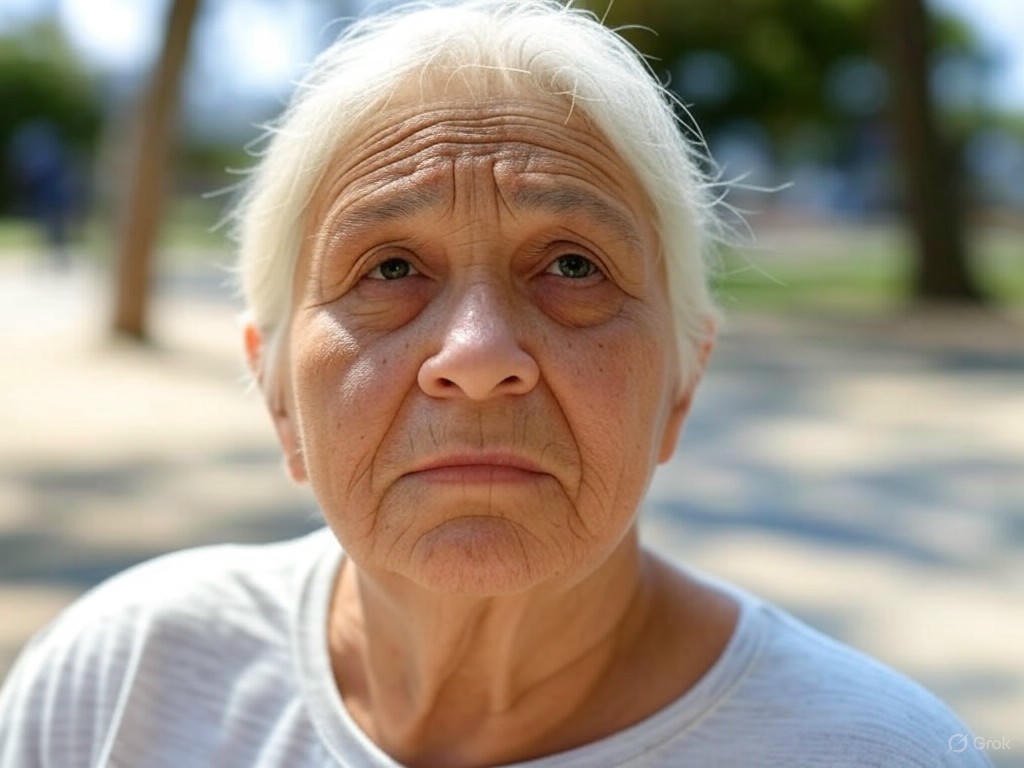As summer temperatures soar to record highs across the United States, a silent crisis unfolds on the streets. Among the most affected by these scorching conditions are the nation’s homeless population, who bear the brunt of extreme heat with little to no protection. Recent studies have highlighted a stark reality: individuals without shelter are disproportionately vulnerable to heat-related illnesses, facing risks that far outstrip those of the general population. This alarming disparity stems from a lack of access to cooling resources, safe environments, and timely medical care, leaving many in a life-threatening situation as climate change intensifies.
Living without a roof over one’s head means constant exposure to the elements, and during heatwaves, this can be deadly. Unlike most Americans who can retreat to air-conditioned homes or public spaces, those experiencing homelessness often have nowhere to escape the blistering sun. Dehydration, heat exhaustion, and heatstroke become immediate dangers, exacerbated by limited access to water and shade. Many in this community also struggle with underlying health conditions or lack the means to seek medical attention when symptoms arise. Furthermore, urban areas—where homeless populations often concentrate—tend to experience the ‘heat island’ effect, where concrete and asphalt trap heat, making conditions even more unbearable. The combination of these factors creates a perfect storm of vulnerability that is impossible to ignore.
Beyond the physical toll, the psychological burden of enduring extreme heat without relief adds another layer of hardship. Imagine spending hours searching for a shaded spot or a public fountain, only to be moved along by authorities or denied entry to cooled spaces due to stigma or policy. The stress of survival in such conditions can worsen mental health challenges, which are already prevalent among the homeless. Advocates argue that this issue is not just a health concern but a human rights one, calling for urgent action to protect those who are most at risk. Initiatives like mobile cooling stations, expanded shelter access during heatwaves, and community outreach programs could make a significant difference, yet funding and awareness remain obstacles.
As we grapple with rising temperatures and more frequent heatwaves, society must confront the inequities that leave the homeless exposed to such dangers. Local governments, nonprofits, and citizens alike have a role to play in addressing this crisis. Simple steps—such as opening public buildings as cooling centers, distributing water, or advocating for long-term housing solutions—can save lives. The data is clear: those without shelter are not just at risk; they are in a state of emergency every time the mercury rises. It’s time to act with compassion and urgency, ensuring that no one is left to suffer under the unrelenting sun. By prioritizing the most vulnerable, we can build a future where extreme heat is a shared challenge, not a death sentence for some.
